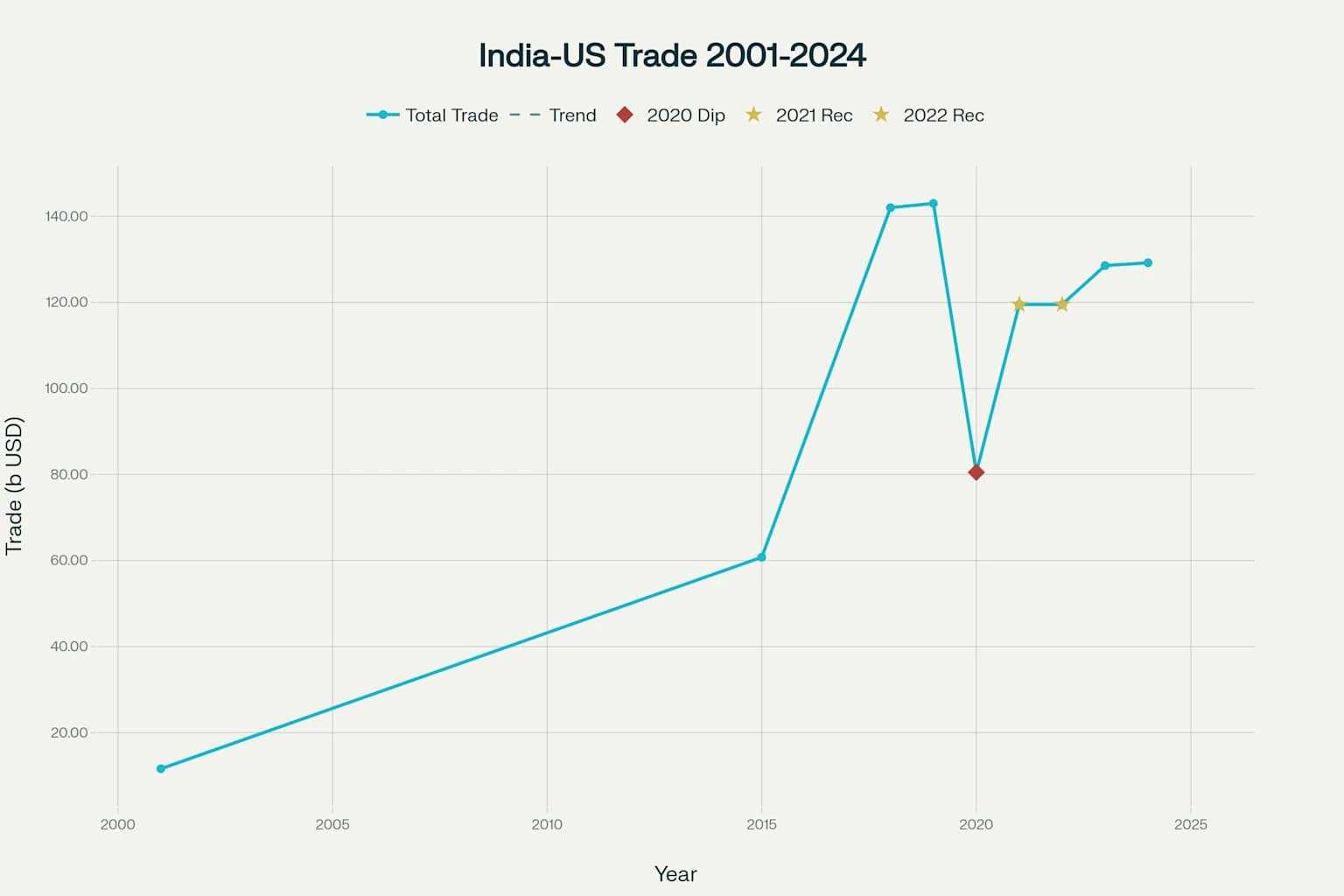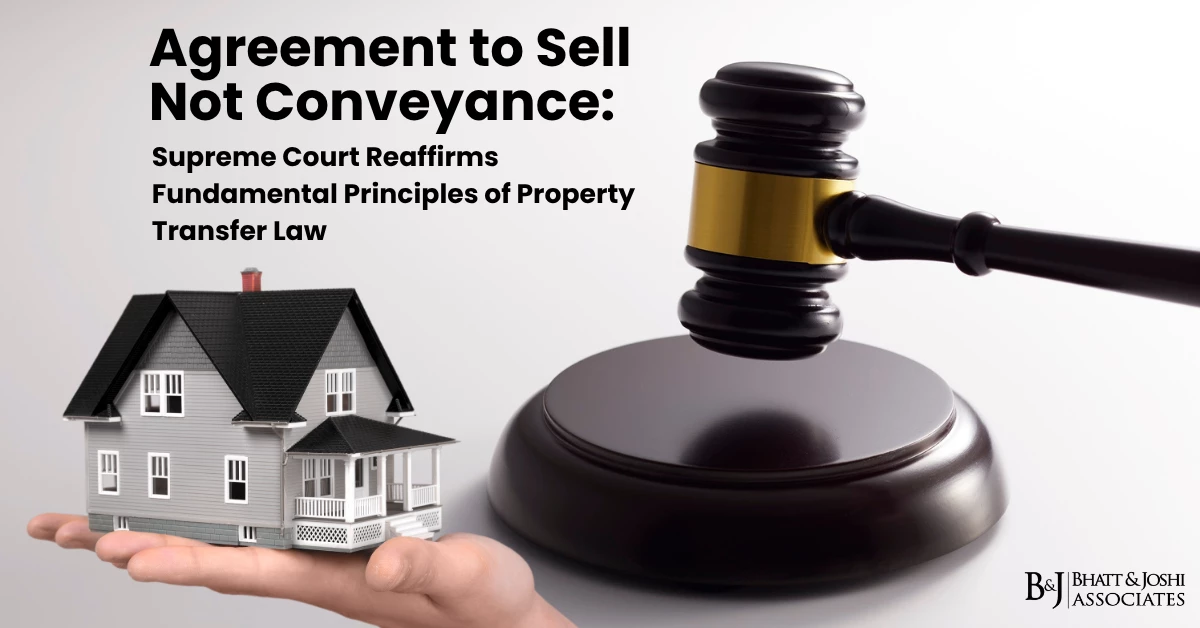Introduction to Panchnama’s Pivotal Role
In the intricate tapestry of India’s criminal justice system, the Panchnama emerges as a vital instrument, meticulously documenting the actions of law enforcement during investigations to ensure accountability and fairness. Rooted in the Hindi terms “panch” (respectable person) and “nama” (written record), a Panchnama captures the observations of independent witnesses, known as Panchas, who lend credibility to police procedures such as searches, seizures, and recoveries. This document is not merely a bureaucratic formality but a safeguard against manipulation, ensuring that evidence presented in court is authentic and untainted. From bustling urban police stations to remote rural outposts, Panchnamas underpin the integrity of investigations, bridging the gap between investigative actions and judicial scrutiny. This article offers a comprehensive exploration of Panchnama’s multifaceted role, delving into its types, regulatory framework, legal provisions, judicial interpretations, procedural challenges, and the transformative impact of recent legislative proposals, drawing on authoritative sources to provide a nuanced perspective.
The Essence and Purpose of Panchnama
At its core, a Panchnama is a contemporaneous record of events witnessed by Panchas during investigative processes, designed to instill trust in the criminal justice system. Whether documenting the seizure of narcotics in a drug bust or the condition of a crime scene in a murder investigation, Panchnamas serve as a transparent account of police actions, countering allegations of evidence tampering or procedural overreach. The presence of respectable, independent witnesses—typically local residents unaffiliated with the police—ensures that the recorded observations are impartial, reflecting what was genuinely seen and heard. This mechanism is particularly crucial in India, where public skepticism of law enforcement practices, fueled by historical instances of misconduct, necessitates robust checks and balances. By anchoring investigations in verifiable documentation, Panchnamas uphold the principles of fairness and accountability, ensuring that the prosecution’s case rests on a foundation of credible evidence.
Diverse Types of Panchnamas in Investigations
Panchnamas are not monolithic; they vary depending on the investigative context, each tailored to specific procedural needs. A search Panchnama, prepared during inspections of closed premises, records the discovery of incriminating items, such as stolen goods or weapons, ensuring that the process is witnessed and documented. Seizure Panchnamas detail the confiscation of property, from gold ornaments in a theft case to counterfeit currency in a financial crime, providing a legal record of the items taken into custody. Recovery Panchnamas document evidence unearthed based on an accused’s statement, often pivotal in linking suspects to crimes. Inquest Panchnamas, prepared in cases of suspicious deaths, describe the deceased’s condition and circumstances, aiding coroners and courts in determining the cause of death. Arrest Panchnamas capture the details of an apprehension, including the accused’s physical state and personal belongings, while test identification parade Panchnamas verify the process of suspect identification by witnesses. Crime scene Panchnamas map out the locus of an offense, noting bloodstains, weapons, or other clues, and muddamal Panchnamas catalog seized property for return to rightful owners or use in trials. Each type serves a distinct purpose, collectively forming a comprehensive record of investigative actions that courts rely upon to adjudicate guilt or innocence.
Regulatory Framework Governing Panchnama
The preparation of Panchnamas is governed by a robust legal and administrative framework, primarily under the Code of Criminal Procedure, 1973 (CrPC), which sets stringent standards for investigative procedures. The CrPC is complemented by the Indian Evidence Act, 1872, which defines Panchnama’s evidentiary role, and supplemented by guidelines from the Department of Personnel and Training (DoPT) and police training manuals, such as those issued by the National Academy of Customs, Indirect Taxes and Narcotics (NACIN). These regulations mandate the involvement of independent witnesses, accurate documentation, and adherence to procedural timelines, ensuring that Panchnamas withstand judicial scrutiny. State police manuals, such as those in Maharashtra or Gujarat, further refine these requirements, tailoring them to local contexts while maintaining national consistency. This framework reflects a concerted effort to standardize Panchnama preparation, addressing the diverse needs of India’s sprawling criminal justice system, from metropolitan investigations to rural inquiries.
Legal Provisions Underpinning Panchnama
The CrPC provides the statutory backbone for Panchnama preparation, with several sections delineating specific requirements. Section 100, governing searches in closed places, emphasizes the role of independent witnesses. Section 100(4) states:
Before making a search under this Chapter, the officer or other person about to make it shall call upon two or more independent and respectable inhabitants of the locality in which the place to be searched is situate or of any other locality if no such inhabitant of the said locality is available or is willing to be a witness to the search, to attend and witness the search and may issue an order in writing to them or any of them so to do.
This provision ensures that searches are conducted transparently, with Panchas verifying the process. Section 102, addressing seizure, empowers police to confiscate incriminating items and document them via Panchnama. Section 102(1) reads:
Any police officer may seize any property which may be alleged or suspected to have been stolen, or which may be found under circumstances which create suspicion of the commission of any offence.
Section 103 mandates that Panchnamas be prepared during searches and seizures, with witnesses attesting to the recorded events. Section 174, governing inquests, requires Panchnamas for suspicious deaths:
When the officer in charge of a police station or some other police officer specially empowered by the State Government in that behalf receives information that a person has committed suicide, or has been killed by another or by an animal or by machinery or by an accident, or has died under circumstances raising a reasonable suspicion that some other person has committed an offence, he shall immediately give intimation thereof to the nearest Executive Magistrate empowered to hold inquests, and, unless otherwise directed by any rule prescribed by the State Government, or by any general or special order of the District or Sub-divisional Magistrate, shall proceed to the place where the body of such deceased person is, and there, in the presence of two or more respectable inhabitants of the neighbourhood, shall make an investigation, and draw up a report of the apparent cause of death.
The Indian Evidence Act enhances Panchnama’s evidentiary value. Section 157 allows corroboration of witness testimony:
In order to corroborate the testimony of a witness, any former statement made by such witness relating to the same fact, at or about the time when the fact took place, or before any authority legally competent to investigate the fact, may be proved.
Section 159 permits Panchas to refresh their memory:
A witness may, while under examination, refresh his memory by referring to any writing made by himself at the time of the transaction concerning which he is questioned, or so soon afterwards that the Court considers it likely that the transaction was at that time fresh in his memory.
These provisions collectively ensure that Panchnamas are legally robust, serving as both procedural records and admissible evidence.
Judicial Interpretations of Panchnama’s Role
The Supreme Court of India has repeatedly underscored Panchnama’s importance, clarifying its procedural and evidentiary roles through landmark rulings. In Yakub Abdul Razak Memon v. State of Maharashtra (2013) 13 SCC 1, the Court addressed Panchnamas in the context of the 1993 Bombay bombings, emphasizing their role in preventing manipulation. The judgment states1:
The primary intention behind the ‘panchnama’ is to guard against possible tricks and unfair dealings on part of the officers entrusted with the execution of the search and also to ensure that anything incriminating which may be said to have been found in the premises searched was really found there and was not introduced or planted by the officers of the search party.
This ruling highlighted the need for independent witnesses and accurate documentation, particularly in high-stakes cases involving terrorism. More recently, in Mukesh Singh v. State (2020), the Court addressed procedural lapses in Panchnamas, ruling that documents prepared in violation of Section 162 CrPC—prohibiting police from obtaining witness signatures on statements—are inadmissible. The Court observed that witnesses acting as mere attestors, without independently describing the discovery process, undermine the Panchnama’s validity. These rulings reflect the judiciary’s commitment to upholding Panchnama’s integrity, ensuring that investigative actions are transparent and judicially defensible.
Procedural Challenges in Panchnama Preparation
Despite its robust legal framework, Panchnama preparation faces significant practical challenges. In rural areas, securing “respectable” witnesses is often difficult, as villagers may be reluctant to engage with police due to fear of reprisal or distrust. Urban settings present different issues, with witnesses sometimes being passersby or shopkeepers who lack genuine independence. The pressure of high-profile cases can lead to procedural shortcuts, such as using stock witnesses or preparing Panchnamas post-facto, which courts have consistently rejected. Language barriers and illiteracy among witnesses further complicate accurate documentation, as Panchas may struggle to verify written records. Additionally, the absence of standardized training for police officers across jurisdictions results in inconsistent practices, undermining Panchnama’s reliability. These challenges highlight the need for systemic reforms to ensure that Panchnamas fulfill their intended purpose of safeguarding investigations.
Recent Developments and Future Directions
The landscape of Panchnama preparation is poised for transformation with the introduction of three new criminal law bills on August 11, 2023: the Bharatiya Nyaya Sanhita, Bharatiya Nagarik Suraksha Sanhita, and Bharatiya Sakshya Bill, set to replace the Indian Penal Code, CrPC, and Indian Evidence Act, respectively. These bills, currently under review by the Parliamentary Standing Committee, propose increased use of electronic evidence, such as video recordings of searches and seizures. This shift aims to enhance transparency, as video evidence can capture real-time events, reducing disputes over Panchnama authenticity. The bills also emphasize forensic integration, aligning with global trends toward technology-driven investigations. If enacted, these reforms could diminish reliance on traditional Panchnamas, replacing paper-based records with digital alternatives that offer greater reliability and accessibility. However, the transition requires significant investment in infrastructure, training, and digital literacy, particularly in under-resourced police stations.
Implications for India’s Criminal Justice System
Panchnama’s role extends beyond individual cases, shaping the broader contours of India’s criminal justice system. By ensuring transparency, Panchnamas bolster public trust in law enforcement, countering perceptions of systemic bias or corruption. They also enhance judicial efficiency, as courts can rely on well-prepared Panchnamas to evaluate evidence, reducing trial delays. For accused persons, Panchnamas offer a safeguard against wrongful convictions, as procedural lapses can be challenged to exclude tainted evidence. Prosecutors benefit from robust Panchnamas, which strengthen their cases by providing credible documentation. The proposed shift to electronic evidence, inspired by cases like Yakub and Mukesh Singh, promises to further streamline investigations, aligning India’s system with international standards. Yet, the success of these reforms hinges on addressing procedural challenges, ensuring that technology complements, rather than replaces, the human element of witness verification.
Conclusion
The Panchnama stands as a cornerstone of India’s criminal justice system, embodying the principles of transparency, accountability, and fairness. Governed by the CrPC and Indian Evidence Act, and reinforced by judicial rulings like Yakub Abdul Razak Memon and Mukesh Singh, Panchnamas ensure that investigative actions are documented with precision and impartiality. Despite challenges like witness reluctance and procedural inconsistencies, Panchnamas remain indispensable, bridging the gap between police actions and judicial oversight. The 2023 criminal law bills herald a new era, where electronic evidence may redefine Panchnama’s role, promising greater reliability and efficiency. As India navigates this transition, the enduring legacy of Panchnama lies in its ability to uphold justice, ensuring that every search, seizure, and recovery is conducted under the watchful eyes of the law and its witnesses.
References
-
- Yakub Abdul Razak Memon v. State of Maharashtra (2013) 13 SCC 1, indiankanoon.org, scconline.com. [1]
- Code of Criminal Procedure, 1973, Sections 100, 102, 103, 174.
- Indian Evidence Act, 1872, Sections 9, 157, 159.
- YAKUB ABDUL RAZAK MEMON A v. THE STATE OF MAHARASHTRA, THROUGH CBI, BOMBAY PART-I pdf














